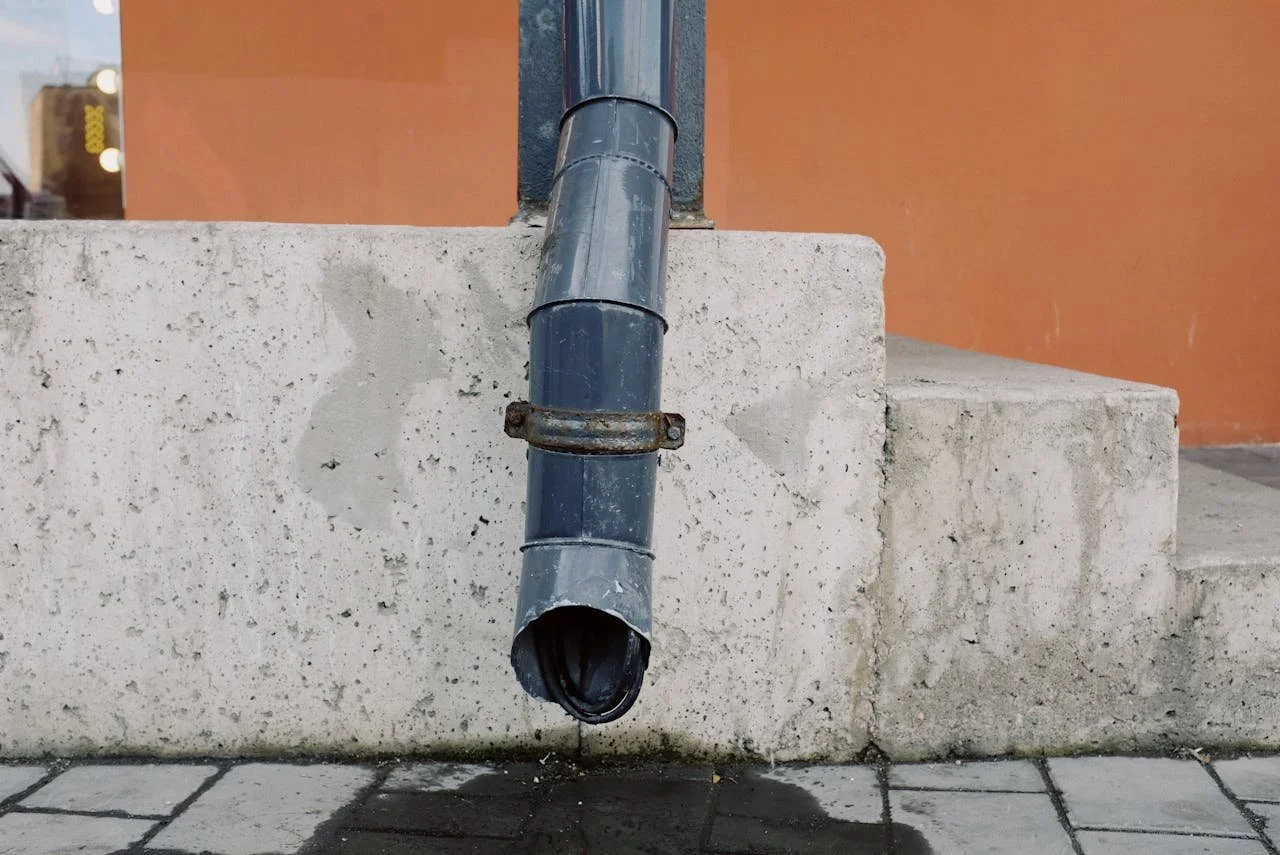How to Help Prevent Flooding in Your Home
RH Business Marketing Solutions
Preventing flooding in your home is crucial for protecting your property and ensuring the safety and well-being of your family. From heavy rainfall to plumbing leaks, various factors can contribute to indoor flooding. This guide will explore effective strategies and practical tips to help prevent flooding in your home, offering valuable insights and recommendations to safeguard your property against water damage and costly repairs.
1. Maintain Your Gutters and Downspouts
Keep your gutters and downspouts in good repair to lessen the likelihood of flooding in your house. Overflowing water from blocked gutters may erode your home's foundation and even cause floods. By clearing debris such as leaves and twigs from your gutters and ensuring that downspouts are free-flowing, you can redirect rainwater away from your home and prevent water buildup. Additionally, consider installing a window well drain service to efficiently manage water accumulation around basement windows and prevent seepage into your home. By taking proactive steps to maintain your gutters and downspouts, you can minimize the risk of flooding and protect your home from water damage.
2. Install a Sump Pump
A sump pump is a valuable investment for homes located in areas prone to flooding or with basements below the water table. Install a sump pump in the lowest point of your basement or crawl space to remove excess water and prevent flooding during heavy rainfall or groundwater seepage. Choose a sump pump with a backup battery or water-powered backup system to ensure continuous operation in the event of a power outage. Test your sump pump regularly to ensure it is functioning correctly, and consider scheduling annual maintenance to keep it in optimal condition.
3. Seal Cracks and Gaps
Sealing cracks and gaps in your home's foundation, walls, and windows is essential for preventing water infiltration and reducing the risk of indoor flooding. Inspect your home for cracks, gaps, and openings where water could enter, such as around windows, doors, and utility penetrations. Use caulking or sealant to fill cracks and gaps in the foundation, walls, and joints to create a watertight barrier. Consider applying waterproofing paint or sealant to basement walls and floors to provide an additional layer of protection against moisture intrusion.
4. Elevate Electrical Systems and Appliances
Elevating electrical systems and appliances, such as electrical panels, HVAC units, water heaters, and washing machines, can help prevent damage in the event of indoor flooding. Install electrical panels, outlets, and switches at least 12 inches above the projected flood level to minimize the risk of electrical shock and equipment damage. Elevate appliances such as water heaters and washing machines on sturdy platforms or stands to keep them above potential floodwaters. Consider relocating HVAC units to higher ground or installing flood vents to allow water to flow freely through the crawl space during a flood event.
5. Landscape with Proper Grading
Proper grading of your landscape is essential for directing rainwater away from your home and preventing water from pooling around the foundation. Ensure that the ground slopes away from the foundation on all sides of your home to encourage water runoff. Grade soil and landscaping features such as flower beds, driveways, and walkways prevent water from collecting near the foundation. Consider installing French drains or swales to redirect water away from the house and towards a drainage area or storm sewer.
6. Install Backflow Prevention Devices
Backflow prevention devices are crucial for preventing sewage backups and contamination of your home's plumbing system during heavy rainfall or flooding. Make sure sewage doesn't back up into your house by installing backflow prevention valves on floor drains and sewer pipes. Consider installing check valves on plumbing fixtures such as toilets, sinks, and showers to prevent contaminated water from entering your home. Test backflow prevention devices regularly and schedule professional inspections to ensure they are functioning correctly and comply with local building codes.
Conclusion
Preventing flooding in your home requires proactive measures and careful planning to mitigate the risk of water damage and protect your property. From maintaining gutters and downspouts to installing sump pumps, sealing cracks and gaps, elevating electrical systems and appliances, landscaping with proper grading, and installing backflow prevention devices, there are various strategies you can implement to safeguard your home against indoor flooding. By taking steps to prevent flooding and water infiltration, you can minimize the risk of costly repairs, protect your belongings, and ensure the safety and well-being of your family for years to come.
